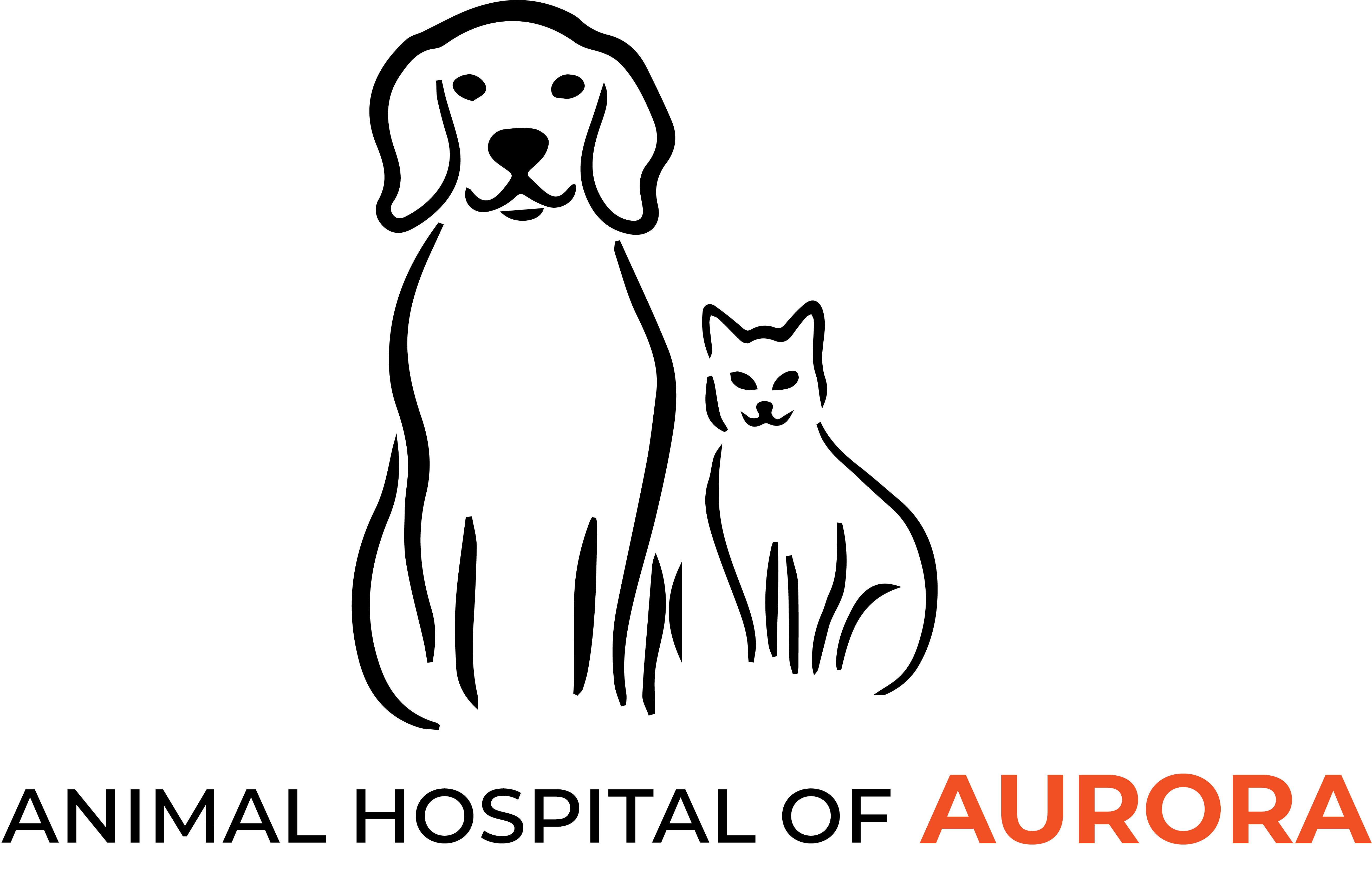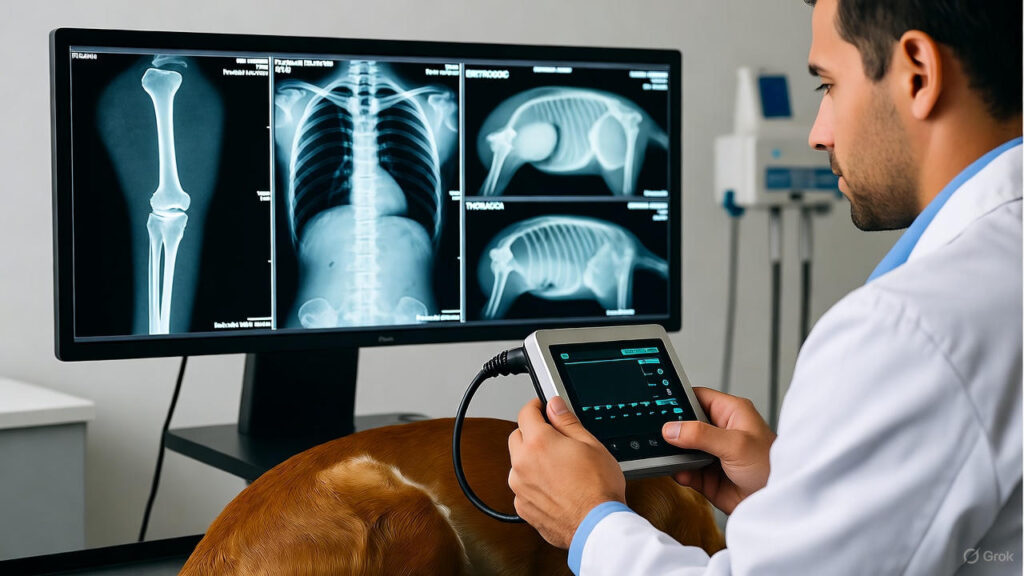Radiography, commonly known as X-ray imaging, is one of the most valuable diagnostic tools in veterinary medicine. At hospital of Aurora, we use advanced digital radiography to help diagnose a wide range of conditions in pets—quickly, safely, and accurately. Whether your pet has suffered an injury, is experiencing discomfort, or needs a deeper internal evaluation, radiographs can reveal what’s going on inside without invasive procedures.
In this post, we’ll discuss some of the most common uses of radiography in pets, including fractures, orthopedic problems, abdominal issues, and thoracic (chest) conditions.
🦴 1. Detecting Fractures and Bone Injuries
One of the most frequent reasons pets undergo radiographs is to diagnose bone fractures or joint injuries. Whether due to a fall, accident, or trauma, X-rays help your veterinarian determine:
-
The type and location of the fracture
-
Whether the fracture is simple or complex
-
If there’s joint involvement or bone displacement
Accurate imaging allows for a precise treatment plan—whether it’s casting, splinting, or surgical repair—and helps monitor healing progress over time.
🐾 2. Evaluating Orthopedic Conditions
Radiography plays a vital role in diagnosing chronic orthopedic diseases such as:
-
Arthritis and joint degeneration
-
Hip and elbow dysplasia
-
Luxating patella (slipping kneecap)
-
Spinal abnormalities and disc disease
These X-rays allow veterinarians to assess bone alignment, joint space, and structural changes, ensuring pets receive the right long-term management plan to reduce pain and improve mobility.
🩺 3. Investigating Abdominal Issues
When pets show signs like vomiting, bloating, or loss of appetite, radiographs can provide key insights into abdominal health. They can reveal:
-
Foreign objects (like toys or bones) that a pet may have swallowed
-
Bladder or kidney stones
-
Abnormal organ size or shape, indicating inflammation, tumors, or fluid buildup
-
Digestive tract blockages or constipation
In some cases, contrast X-rays (using a special dye) are used to enhance visibility and help pinpoint the cause of the issue.
❤️ 4. Diagnosing Thoracic (Chest) Conditions
Radiographs are also essential for evaluating the heart and lungs. Thoracic X-rays can help diagnose:
-
Heart enlargement or fluid buildup (congestive heart failure)
-
Lung infections, pneumonia, or asthma
-
Tumors or masses in the chest cavity
-
Collapsed lung (pneumothorax) or pleural effusion
These images help your vet determine the extent of disease and guide treatment decisions such as medication, oxygen therapy, or further testing like echocardiography.
🌟 Why Choose Aurora Pet Vet for Radiography?
At hospital of Aurora, our digital radiography technology delivers high-quality images within seconds, reducing stress for pets and allowing faster diagnosis. Our experienced veterinary team interprets results immediately, ensuring your pet receives prompt and effective care.
We prioritize your pet’s comfort and safety, using minimal radiation and gentle handling during every procedure.
📅 Book a Radiography Appointment Today
If your pet is limping, coughing, or showing signs of discomfort, don’t wait. Early diagnosis can make all the difference.
Contact Animal hospital of Aurora today to schedule a radiographic exam and give your pet the care they deserve.
📍 Serving pet families with compassionate, expert veterinary care.



